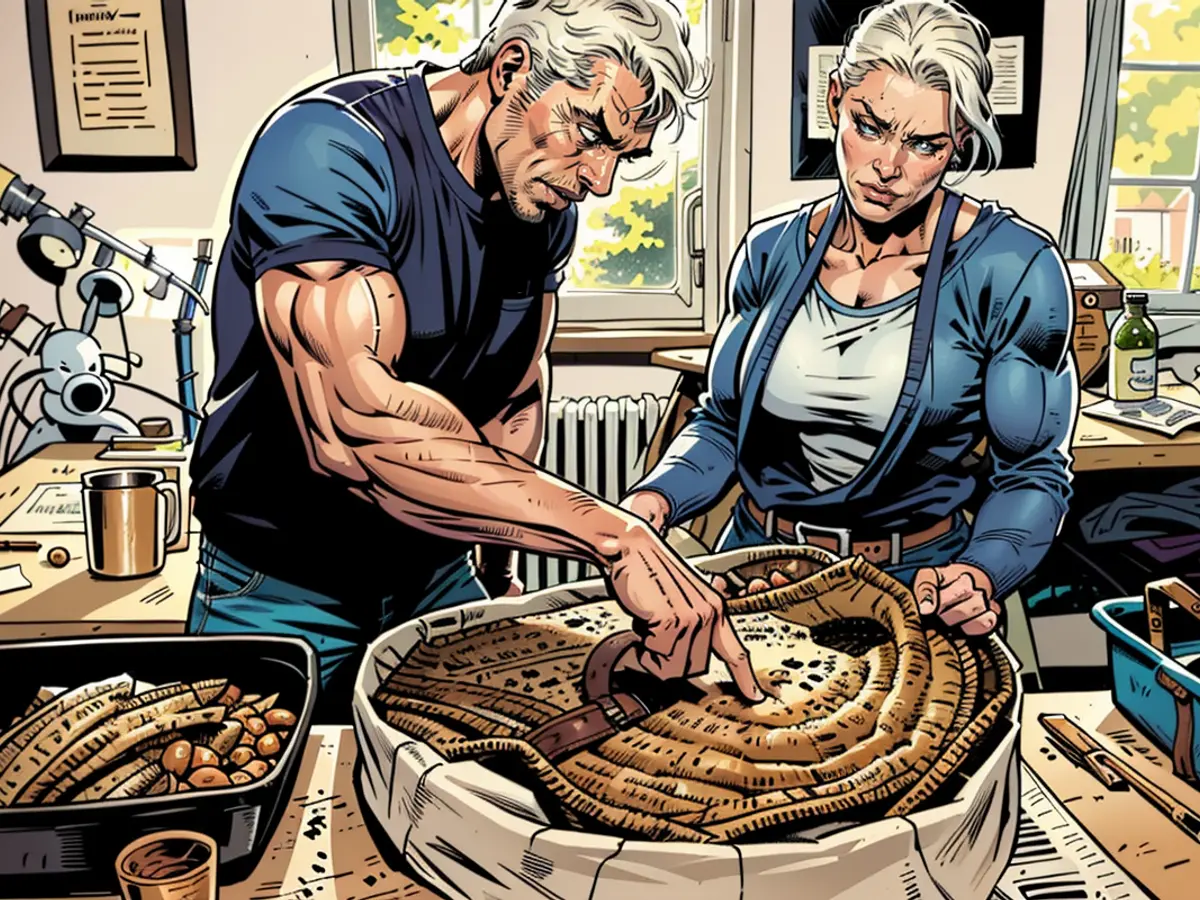- A 3,000-year-old burial mound discovered in Krefeld
Archaeologists in Krefeld Unearth Ancient Urn Burials
Archaeologists in Krefeld expected to find Roman-era artifacts, but what they discovered was even older: On the site of a former gas station, they found around 3,000-year-old urn burials from the late Bronze Age in the city on the Lower Rhine.
Discovery of Ancient Urn Burials
The archaeologists unearthed shards of urns and managed to reassemble some of them. Archaeologist Hans-Peter Schletter believes that the graves were likely looted in the past. "We only found a few shards of the usual grave goods," he said.
One of the urns had an unusual incised decoration. "The combination of patterns and the vessel shape are not known," said Schletter. He dated the find to between 800 and 1,200 BC.
Gellep-Stratum: Known for Roman Past
The Krefeld district of Gellep-Stratum is known for its Roman past. However, amidst old waste, oil tanks, rubbish, and old tires, five much older graves were found. "Caesar later referred to the tribes that lived here as Germans," said Schletter.
In the northwest German region, urn burials from the late Bronze Age were marked by grave mounds up to two meters high. "These were landmarks in the flat landscape of the Lower Rhine and also served as identity-forming symbols: the houses of the dead," said Schletter.
Unusual Find Site for Late Bronze Age Graves
While this find is not a scientific sensation, it is still unusual to find graves from this period, especially in an area that was previously used as an orchard and later built upon with a gas station. "The archaeologist's heart was happy," said Schletter.
Although the grave goods were likely stolen, the archaeologists found some bronze rivets and a piece of an armband. "The deceased wore this jewelry when they were cremated, and it then accompanied their remains into the urn." A fire station is now planned to be built on the site.
The archaeologists were surprised to find the urn burials at the location of a former gas station. Despite the site's history of oil tanks and rubbish, the graves provide insights into the late Bronze Age culture.








